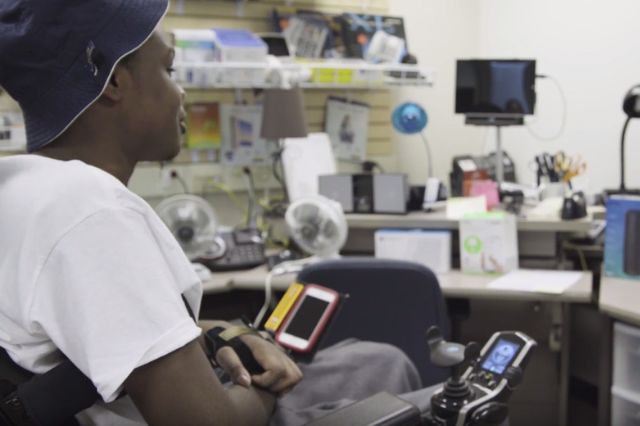Swimming Safety and Diving Injury Prevention
The only safe dive is the one you never take
Someone decides to dive into the water, resulting in a life-altering injury. It’s easy, that quick, and it’s that common. It’s also one of the most preventable causes of spinal cord injuries.
According to the National Spinal Cord Injury Statistical Center, diving is the fifth leading cause of spinal cord injury for men and women. The injuries occur in swimming pools, lakes, rivers, creeks, swimming holes, and just about any water environment you can think of.
Diving Injury Prevention Tips
- Always enter the water feet first.
- Never dive into the shallow end of a pool. Some diving injuries are caused by hitting the far side of a pool or swimming hole. Depth is not the only thing to be concerned about.
- Know that there are often hidden objects in lakes, rivers, etc.
- Avoid alcohol when you’re swimming.
- Realize that when you dive, your body is a torpedo cutting through the water and that water may not protect you from a severe impact.
- Just because you used to dive somewhere does not make it safe. You may have grown, and underwater surfaces may have shifted.
Diving Injury PSA
Former head coach of the University of Georgia (UGA) men's and women's swimming teams explains the dangers of diving.
Resources for Public Health Professionals
Diving is the fifth leading cause of spinal cord injury. To help raise awareness and encourage you to think before diving, Shepherd Center has compiled data on diving injuries we’ve treated. Get the facts and help spread the word by downloading and sharing our diving injury infographic with your constituents.





